Rising Incidence of Chronic Diseases
The Midline Catheter Market is experiencing growth due to the increasing prevalence of chronic diseases such as diabetes, cancer, and cardiovascular disorders. These conditions often require long-term intravenous therapy, which drives the demand for midline catheters. According to recent data, chronic diseases account for a significant portion of healthcare expenditures, leading to a greater need for efficient and effective vascular access solutions. Midline catheters offer a viable alternative to traditional central venous catheters, providing a balance between ease of use and patient comfort. As healthcare providers seek to optimize treatment protocols for chronic disease management, the midline catheter's role becomes increasingly prominent, suggesting a sustained upward trajectory for the market.
Technological Innovations in Catheter Design
The Midline Catheter Market is witnessing a surge in technological innovations that enhance catheter design and functionality. Advances in materials and manufacturing processes have led to the development of catheters that are more durable, flexible, and biocompatible. These innovations not only improve patient comfort but also reduce the risk of complications such as thrombosis and infection. Market data suggests that the introduction of smart catheters equipped with sensors for real-time monitoring could further revolutionize the industry. As healthcare providers prioritize safety and efficacy, the demand for technologically advanced midline catheters is expected to grow, indicating a promising future for the market.
Regulatory Support for Vascular Access Devices
The Midline Catheter Market is supported by favorable regulatory frameworks that promote the use of vascular access devices. Regulatory bodies are increasingly recognizing the importance of midline catheters in improving patient care and safety. This support is evident in the streamlined approval processes for new catheter designs and the establishment of guidelines that encourage their use in clinical settings. As healthcare facilities seek to comply with these regulations while enhancing patient outcomes, the demand for midline catheters is expected to rise. The regulatory environment thus plays a crucial role in shaping the future of the midline catheter market, fostering innovation and adoption.
Growing Demand for Minimally Invasive Procedures
The Midline Catheter Market is likely to benefit from the rising preference for minimally invasive procedures among healthcare professionals and patients. These procedures are associated with reduced recovery times, lower risk of complications, and enhanced patient satisfaction. Midline catheters, which can be inserted with minimal discomfort, align well with this trend. The market data indicates that the demand for minimally invasive vascular access devices is on the rise, as they facilitate easier and safer administration of medications and fluids. This shift towards less invasive techniques is expected to propel the midline catheter market forward, as healthcare facilities increasingly adopt these devices to improve patient outcomes.
Increased Focus on Cost-Effective Healthcare Solutions
The Midline Catheter Market is influenced by the growing emphasis on cost-effective healthcare solutions. Healthcare providers are under pressure to reduce costs while maintaining high-quality patient care. Midline catheters, which offer a cost-efficient alternative to central venous catheters, are becoming increasingly popular. They require less training for insertion and can be used for a variety of therapies, thus reducing overall healthcare costs. Market analysis shows that the adoption of midline catheters can lead to significant savings in both material and labor costs, making them an attractive option for healthcare facilities aiming to optimize their budgets. This trend is likely to drive further growth in the midline catheter market.


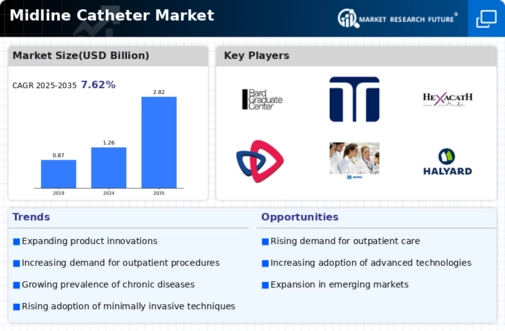
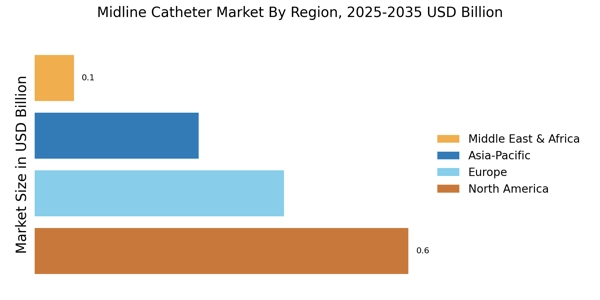
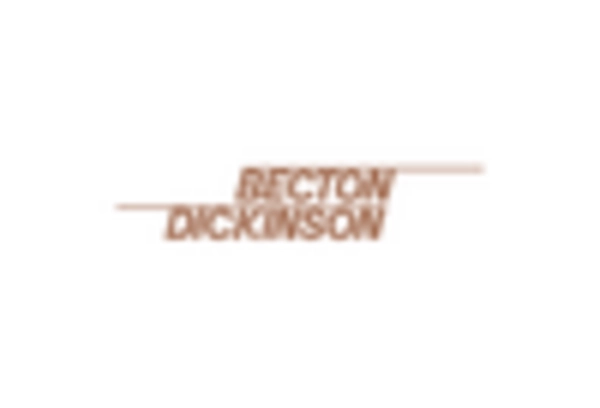

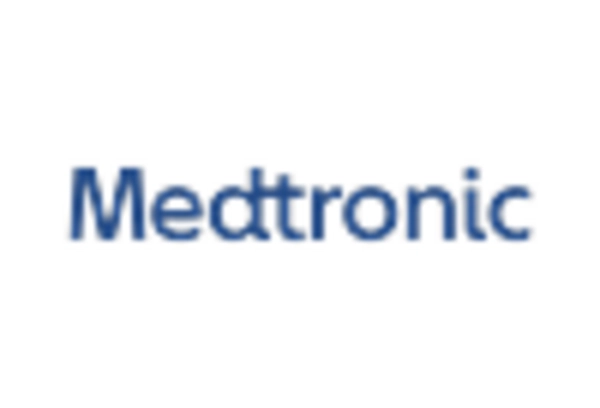
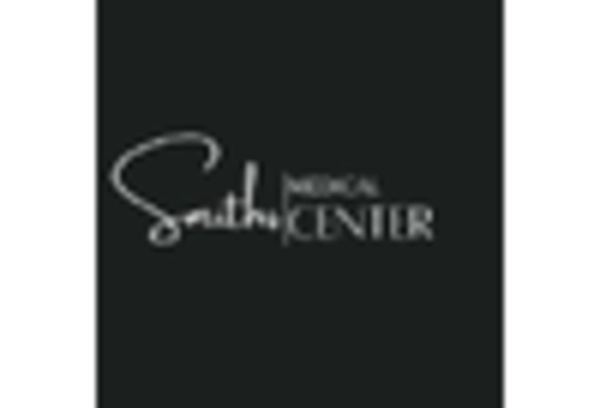
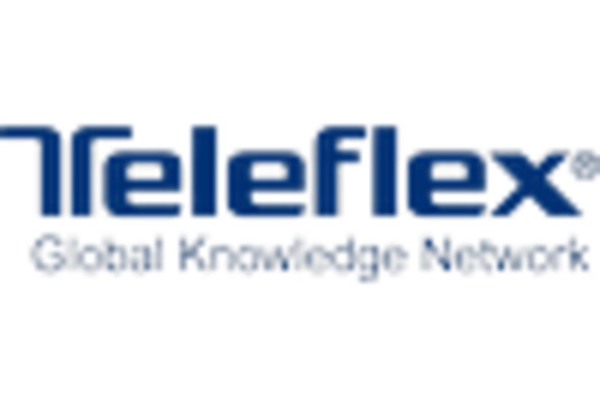
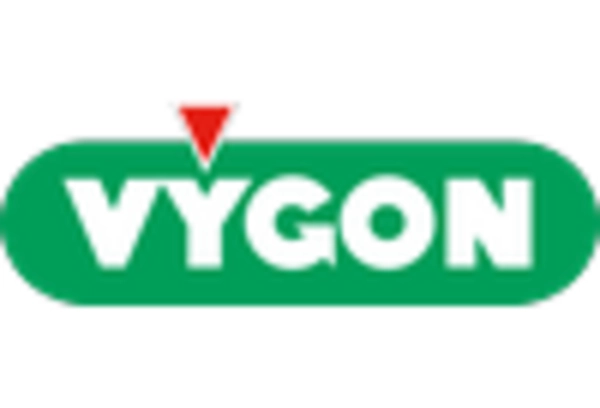








Leave a Comment